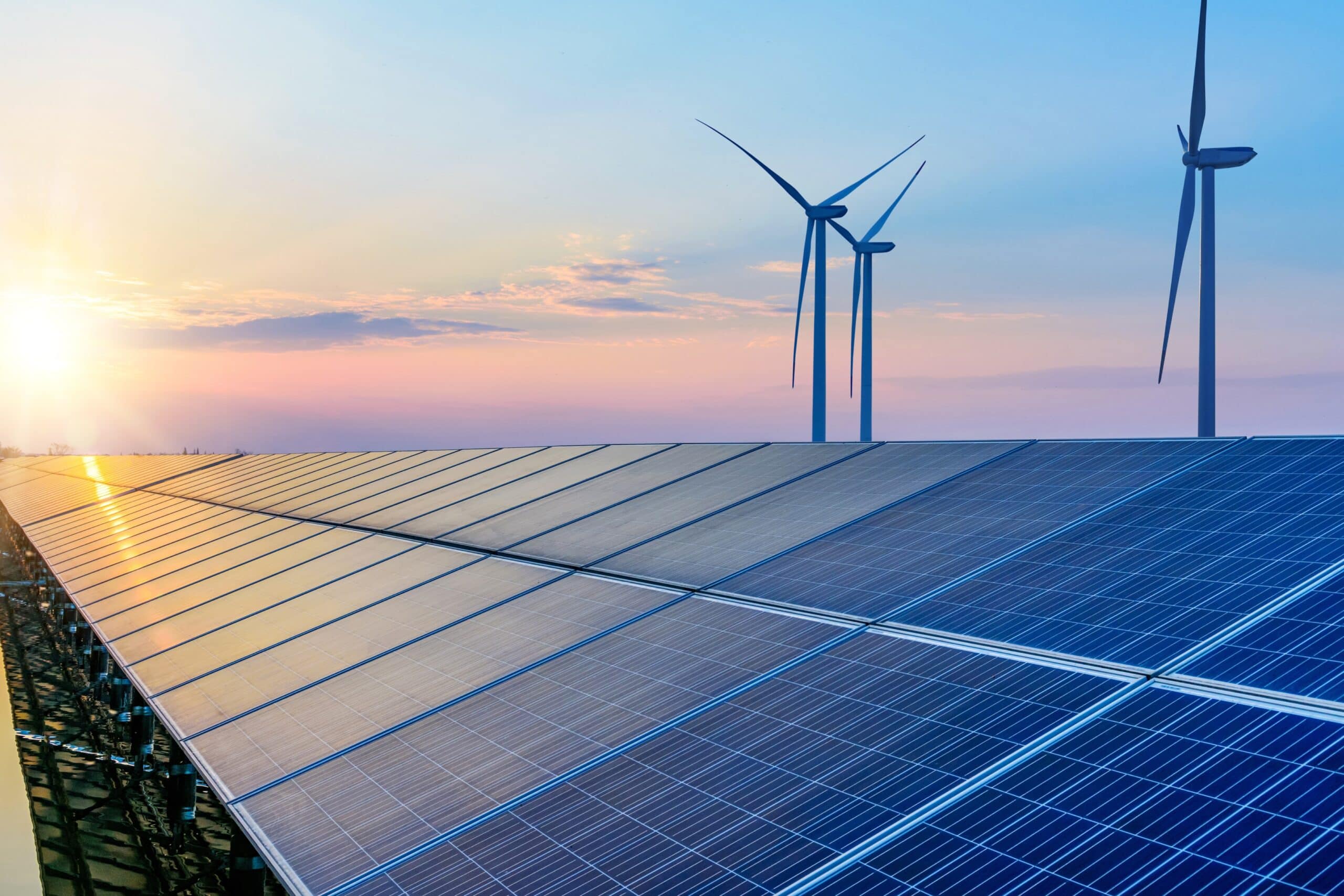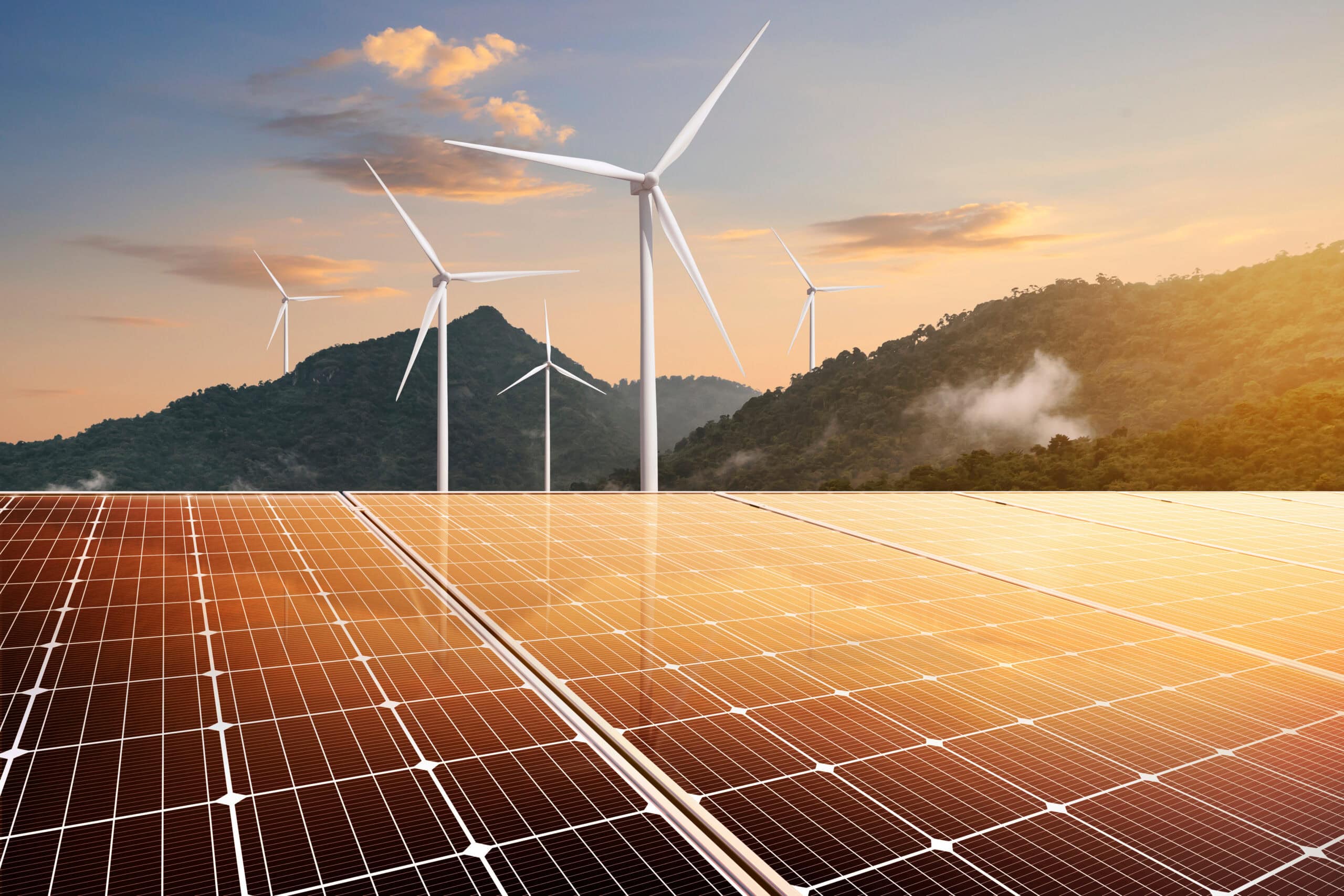(Law Decree no. 50 of May 17, 2022, converted with amendments into Law No. 91 issued on July 15, 2022)
Law No. 91 issued on July 15, 2022 (the ‘Law’) converted with amendments the Law Decree no. 50 of May 17, 2022, entered into force on May 18, 2022 (hereinafter also referred to as the “Aid Decree” or “L.D. 50/2022”) adopting “Urgent measures on national energy policies, business productivity and investment attraction and social and Ukrainian crisis’s policies”.
The Law, further to its publication on the Official Journal, entered into force on July 16, 2022.
Main provisions: the Aid Decree introduced some innovations with regard to:
- authorization procedures;
- identification of suitable areas for renewables energy;
- measures on tax credits and other incentives;
- provisions for the agricultural sector;
- provisions on geothermal plants
Authorization procedures
(artt. 6, 7, 10 of the Aid Decree)
What’s new in Environmental Impact Assessment (EIA)
- Simplifications of the national EIA – For projects subject to an EIA under state jurisdiction, it is stipulated that, in case the opinions of the other administrations involved are conflicting, any resolutions adopted by the Council of Ministers[1] replace the EIA measure (art. 7 Aid Decree). Such provision sets out that these deliberations merge into the single authorisation procedure, which must be concluded by the competent administration within the following 60 days. If the Council of Ministers decides to issue the EIA measure, after the expiration of the prescribed 60 days, the authorisation is deemed to be granted.
- Projects subject to the national EIA – Article 10 of the Aid Decree specifies that national EIA is applied also to:
- wind power plants for the production of electricity on land with a total capacity exceeding 30 MW, calculated on the basis of the project under assessment alone and excluding any plants or projects located in contiguous areas or having the same centre of interest or connection point and for which an EIA procedure is already underway or an environmental compatibility decision has already been issued;
- photovoltaic installations for the production of electrical energy with a total capacity exceeding 10 MW, calculated on the basis of the project under assessment only and excluding any installations or projects located in contiguous areas or having the same centre of interest or connection point and for which an EIA has already been carried out or an environmental compatibility decision has already been issued.
- Extension of the EIA – An important clarification is introduced in Article 25 paragraph 5 of Legislative Decree 152/2006, that specifies that, where the environmental context of reference has not changed in the meantime, the measure extending the EIA may not contain further and different prescriptions with respect to those already contained in the original EIA measure. Furthermore, it was specified that where the effectiveness indicated in the EIA measure has expired and the project has not been realised yet, the EIA procedure must be repeated, without prejudice to the granting, upon request of the proponent accompanied by an updated explanatory report that contains the relevant findings concerning the environmental context of reference and any changes, including design changes, that have occurred, of a specific extension by the competent authority (art. 10 Aid Decree).
- Exclusion of overhead power lines from the EIA – Overhead power lines with a nominal operating voltage of more than 150 kV and a route length of more than 15 km are now excluded from the national EIA; in addition, those in alternating current underground cables with a route length of more than 40 km are excluded (Art. 10 of the Aid Decree, which deleted point 4 of Annex II to Part Two of Legislative Decree 152/2006);
- EIA procedure – Article 23 paragraph 1 of Legislative Decree 152/2006, as amended by Article 10 of the Aid Decree, now provides that the proponent submits the EIA application by transmitting to the competent authority, in electronic format, in addition to the documents already indicated above, also:
- the landscape report (referred to in the Prime Ministerial Decree of 12 December 2005) or the simplified landscape report (referred to in Presidential Decree 31/2017);
- the act of the competent superintendent of the Ministry of Culture concerning the prior verification of archaeological interest.
Within 15 days from the submission of the EIA application, the competent authority is required to verify the completeness of the documentation, the possible occurrence of the cases referred to in Article 32, paragraph 1 (concerning transboundary consultations), and the payment of the contribution due. If the documentation is incomplete, the competent authority shall request the applicant to supplement it, within a term of no more than 30 days. If the applicant does not submit the additional documentation within the deadline, or if at the outcome of the new verification (to be carried out by the competent authority within 15 days), the documentation is still incomplete, the application is deemed to be withdrawn and the competent authority is obliged to proceed with its filing.
- Authorisation Procedures for Suitable Areas (so called “Aree idonee”) In case of electrical infrastructures for the connection of RES plants and those necessary for the development of the national transmission grid (functional to the increase of energy produced from renewable sources) falling in suitable areas, in the authorisation procedures (including those for the adoption of the EIA), the competent authority for landscape matters shall express a non-binding mandatory opinion. Once the deadline for expressing this opinion has expired in vain, the competent authority shall in any case decide on the application for authorisation (Article 6 of the Aid Decree amended Article 22 of Legislative Decree 199/2021, introducing paragraph 1-bis).
Single Authorisation (“Autorizzazione Unica”)
For plants other than those fuelled by biomass (including biogas plants and plants for the production of biomethane for new construction) and photovoltaic plants, the applicant may request the declaration of public utility and the setting of a constraint preordained to the expropriation of the areas affected by the construction of the plant and related works (Article 7 of the Decree supplements Article 12, paragraph 4-bis of Legislative Decree 387/2003).
Dila
For 24 months from 16 July 2022, projects for new photovoltaic plants with ground-mounted modules of a power not exceeding 1,000 kWp will be authorised through Dila provided that: a) they are located in areas at the disposal of tourist or spa facilities and are aimed at using the energy self-produced by these facilities, b) the areas are located outside historical centres and are not subject to protection under Legislative Decree no. 42 of 22 January 2004 (Art. 6 paragraph 2-septies of the Aid Decree).
Permits
For interventions carried out under a permit issued pursuant to Article 12 of Legislative Decree 387/2003, the deadline for starting work is set at three years from the issue of the permit (Article 7-bis of the Aid Decree).
Identification of suitable areas for renewables energy
(artt. 6 – 7 of the Aid Decree)
In the light of the Aid Decree, the following areas are also considered suitable:
- areas that do not fall within the perimeter of the assets subject to protection pursuant to Legislative Decree no. 42 of 22 January 2004, nor within the buffer zone of such assets have been added to the hypotheses already provided for by art. 20, paragraph 8 of Legislative Decree 199/2021. In this regard, it is specified that “the buffer zone is determined considering a distance from the perimeter of protected assets of seven kilometres for wind farms and one kilometre for photovoltaic plants“. However, this new provision does not affect the previous hypothesis of suitable areas provided for by Article 20, paragraph 8 of Legislative Decree 199/2021;
- for photovoltaic solar plants only, the sites on which there are photovoltaic plants on which, without variation of the occupied area or in any case with limited variations, substantial modification works are carried out for refurbishment, upgrading or complete reconstruction, also with the addition of storage systems with a capacity not exceeding 8 MWh (previously 3 MWh) for each MW of power of the photovoltaic plant (Article 6 of the Aid Decree that amended Article 20, paragraph 8, letter a) of Legislative Decree 199/2021);
- the portions of quarries and mines that are not susceptible to further exploitation (Art. 7 of the Aid Decree, which amended Art. 20, paragraph 8, let, c) of Legislative Decree 199/2021);
- the same areas already considered suitable for photovoltaic plants pursuant to Article 20, paragraph 8, letter c-ter) of Legislative Decree 199/2021, are now also considered suitable for biomethane production plants.
Measures on tax credits and other incentives
Article 2 of the Aid Decree amended the regime of the extraordinary contribution, in the form of tax credit, provided for the purchase of electricity and natural gas in favour of companies, raising the percentage values already provided for by previous decrees.
In particular, the threshold of the aforementioned contribution was raised in the following measures:
- 25% of the expenditure incurred for the purchase of the same gas, consumed in the second calendar quarter of the year 2022, referred to in Article 4 of Law Decree no. 21/2022 (Contribution, in the form of tax credit, in favour of companies for the purchase of natural gas);
- 25% of the expenditure incurred for the purchase of the same gas, consumed in the second calendar quarter of the year 2022 referred to in Art. 5 of Law Decree no. 17/2022 (Extraordinary contribution, in the form of tax credit, in favour of companies with high consumption of natural gas);
- 15% of the expenditure incurred for the purchase of the energy component, used in the second quarter of the year 2022 pursuant to Article 3 paragraph 1 of Law Decree 21/2022 (Contribution, in the form of tax credit, in favour of companies for the purchase of electricity).
In addition, for the purposes of benefiting from the extraordinary contributions in the form of a tax credit (under Articles 3 and 4 of Decree-Law No. 21/2022), if the company receiving the contribution in the first two quarters of the year 2022 obtains electricity or natural gas from the same seller from which it obtained its supplies in the first quarter of the year 2019, the seller, within 60 days of the expiry of the period for which the tax credit is due, must send to its customer (at its request) a notice indicating the calculation of the increase in the cost of the energy component and the amount of the deduction due for the second quarter of the year 2022. ARERA, in accordance with the provisions of the Aid Decree, adopted Resolution No. 373/2022/R/com of 29 July 2022, by which it defined the minimum content of the aforementioned notice and the sanctions in the event of non-compliance by the seller (Article 2, paragraph 3-bis of the Aid Decree).
Article 4 of the Aid Decree – amending the regulations set forth in Law Decree no. 4/2022 – now provides, for companies ‘with a high consumption of natural gas‘[2] an extension to the first quarter of 2022 of the extraordinary contribution in the form of a tax credit, equal to 10 per cent of the expenditure incurred for the purchase of the same gas.
The tax credit can only be used as compensation and can be transferred to parties other than the aforementioned companies, e.g. credit institutions.
Provisions for the agricultural sector
(Art. 8 of the Aid Decree)
Aid may be granted to enterprises in the agricultural, livestock and agro-industrial sector for the construction of renewable energy production plants on the roofs of their production facilities, with a capacity exceeding the average annual electricity consumption (including household consumption).
These enterprises can also sell the electricity produced to the grid.
However, since this measure is considered as state aid, it is necessary to wait for the European Commission’s authorisation for the effectiveness of such provision.
Provisions on geothermal plants
(Art. 6 of the Aid Decree)
Within 60 days from 16 July 2022, the Ministry of Ecological Transition shall set up a joint table with the interested Regions and Local Authorities in order to update the regulations on the research and cultivation of geothermal resources. Concessions holders for plants fuelled by geothermal energy sources (pursuant to Legislative Decree 387/2003) are required to pay an annual contribution of 0.05 eurocents for each kilowatt-hour of electricity produced by the geothermal field of the cultivation, starting from January 1, 2023. A decree of the Minister of Economic Development, (in agreement with the Minister of the Economy and Finance and the Minister of Ecological Transition and with the Presidents of the Regions concerned and after consulting the Municipalities involved) will be adopted within 90 days from 16 July 2022, concerning the procedures for the disbursement, allocation and utilisation of these resources (Article 6, paragraphs 2-ter to 2-quinquies of the Aid Decree).
For more info contact:
Avv. Pinella Altiero
Avv. Nicoletta Bezzi
[1] According to art. 5, par. 2, let c-bis) of Law No. 400 of 23 August 1988: “The President of the Council of Ministers may refer to the Council of Ministers, for the purpose of an overall assessment and harmonisation of the public interests involved, the decision of matters on which conflicting assessments have emerged between administrations with different competences in the definition of acts and measures”.
[2] I.e. companies operating in one of the sectors listed in Annex 1 of the Decree of the Minister of Ecological Transition No. 541 of 21 December 2021 and which consumed, in the first calendar quarter of the year 2022, a quantity of natural gas for energy uses not less than 25 % of the volume of natural gas indicated in Article 3, paragraph 1, of the same Decree, net of the consumption of natural gas used in thermoelectric uses.






